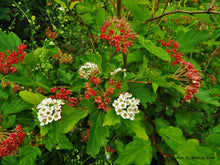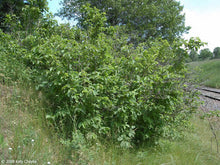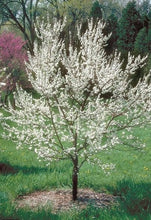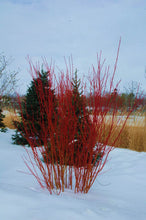
A variety of acorns, nuts, fruits, and berries, to nourish wildlife. Two of each species. (10 total trees/pack).
- 6-12" Swamp White Oak- Tolerant of poorly drained sites and frequently is found in heavy mucky soils and does well in moist to wet soils. Long-lived tree found in lowlands, long edges of streams and in swamps subject to flooding but it grows just as well in an urban or suburban setting, with tolerance to compacted soil and drought. Grows best in full sun with shade tolerance. Average mature height is 50-75'. Has a yellow to purple fall color and produces sweet acorns eaten by many kinds of wildlife, particularly ducks. Hard wood commercially valuable and cut and sold as white oak.
- 6-12" American Hazelnut - Grows best in moist soil, in full to partial sun. Average height is 8’ with a spread of 6’. Produces small, flavorful, edible nuts in autumn, also known as filberts. Leaves are green, turning orange-yellow in autumn.
- 6-12" Ninebark - Upright, spreading, somewhat coarse, deciduous, shrub . Tolerates a wide range of soil conditions. Grows 5-9' tall with a spread of 5-10'. Exfoliating bark peels in strips to reveal several layers of reddish to light brown inner bark. Has small pink or white, five-petaled flower clusters that produce drooping clusters of reddish fruit.
- 6-12" American Plum - Grows best in moist, fertile soils, in full to partial sun. Average mature height is 10’ - 20’. Characterized as a small tree or large shrub. White flowers in early May. Edible fruits - red or yellow. Very hardy and drought resistant. Excellent for wildlife plantings.
- 6-12" Red Osier Dogwood - Grows best in moist to wet soils, in full sun. Average mature height is 8’ with a spread of 6’. Has white flowers atop of bright red twigs which produce white berries in late summer. Leaves are ½” - 2” long, dull green, turning a reddish-maroon in autumn.
Photo credits: University of Minnesota Extension, Purdue Fort Wayne University, Johnson's Nursery, John M. Hagstrom, Arbor Day Foundation









